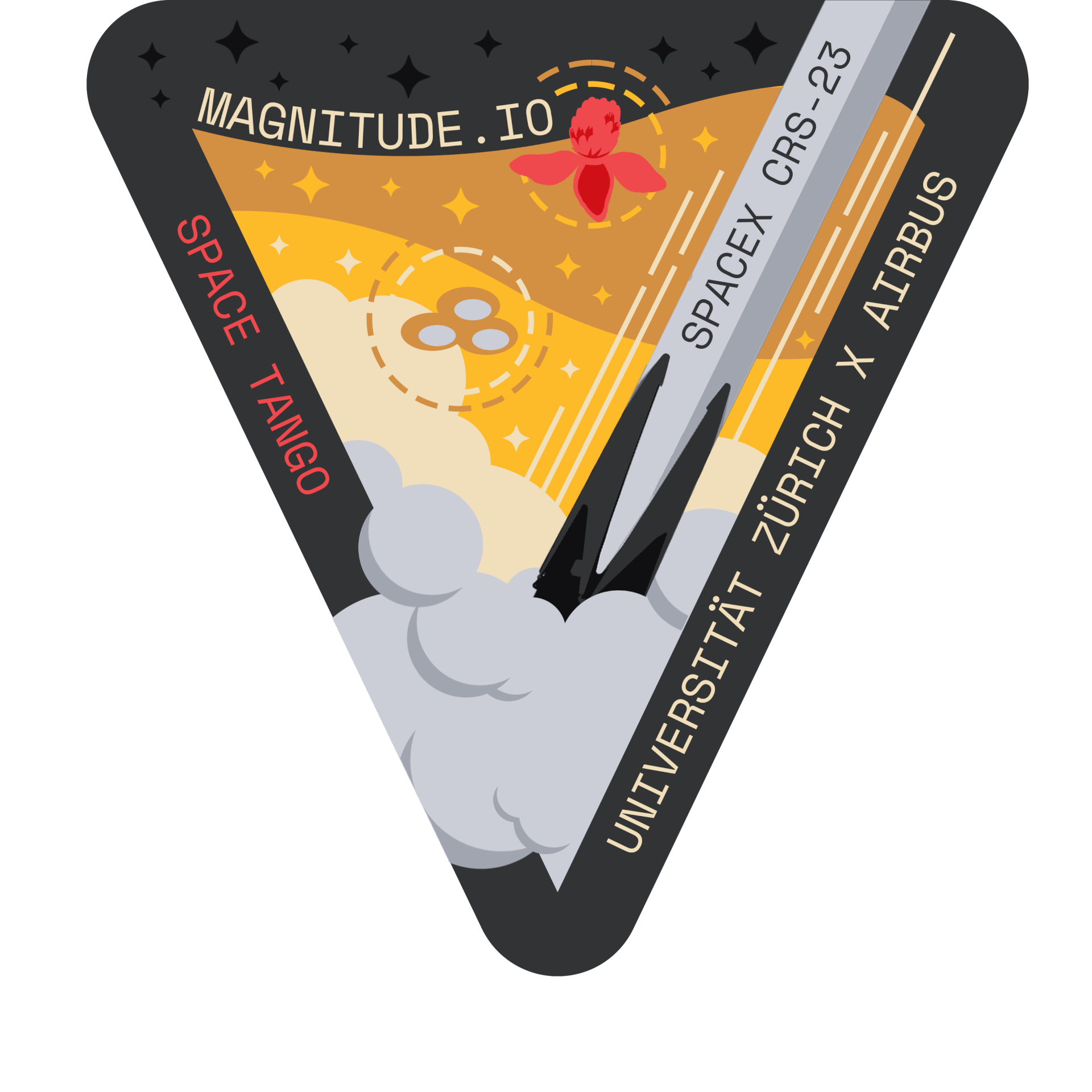
We use cookies to ensure that we give you the best experience on our website. If you continue to use this site we will assume that you are happy with it.
Ok ✕

Symbiotic Leguminous Nitrogen Fixation investigates how microgravity affects the red clover (Trifolium pratense) plant in the early stages of growth and development in a 4U CubeLab. Space Tango’s program scientists load test tubes with red clover seeds that have been introduced to their symbiotic bacterial species, Rhizobium leguminosarum, and planted in a soil alternative known as agar. Once installed on the ISS and powered, a growth lighting cycle will be activated. Images and sensor data are collected at regular intervals. Space Tango Mission Operations will simultaneously collect image and sensor data such as temperature, humidity, and CO2 concentrations that are monitored throughout the duration of the investigation.
Why red clover?
This plant species is a type of flowering plant in the Fabaceae bean family that forms a symbiotic, or mutually beneficial, relationship with a bacteria known as Rhizobium leguminosarum. This bacteria also belongs to a classification group of bacteria known as diazotrophs because it is capable of fixing atmospheric nitrogen into biologically available forms of ammonia – a necessary process to naturally develop fertilizer for sustainable plant growth. In other words, the relationship between Rhizobium leguminosarum and red clover makes their growth beneficial to agriculture as a natural fertilizer. To best understand their relationship, and how microgravity may impact their symbiotic processes, this investigation will particularly focus on the possible development of nodules on the roots. These nodules can take gaseous nitrogen and convert it into nitrogenous compounds that may be used as fertilizer.
Why microgravity?While this study can improve our understanding of legume-associated biological nitrogen fixation and improve our agricultural practices on Earth, it may also allow us to identify new possibilities for renewable and sustainable sources of nitrogen in space. This is an important precursor as humanity continues to explore the possibility of living in space for extended periods of time.
Organoid Formation from Human Stem Cells tests the potential of different human stem cells to develop and differentiate into organ-like structures in microgravity. After induction of differentiation on the ground, cells are cultured in microgravity aboard the International Space Station (ISS). After recovery, generated complex cell structures are investigated at the histological, cellular, molecular, and functional levels. The experiment is executed inside a CubeLab module. The module hosts a customized designed three-dimensional (3D) printed closed and sterile system. The compact design is supported by commercial components to efficiently use over 40% of the given space for scientific samples while the environment is continuously monitored.
Why microgravity?Physical forces such as gravity appear critical in cell differentiation and organization of tissue formation and regeneration. Because cells exhibit spatially unrestricted growth and can assemble into complex 3D aggregates in microgravity, low-Earth orbit may make it possible to manufacture human tissue structures.